The content of the article
Due to the useful properties and unpretentious care currants love people of all ages. Jam, compote, jam, black and red berries are used to decorate desserts. Experienced housewives have long known that on the basis of this product you can make excellent homemade wine, which in quality will not yield to the store drink. However, as in any other case, there are some peculiarities that must be taken into account. Consider traditional recipes and highlight important aspects.
Important!
It is worth remembering forever that wine based on black or red currant is prepared only with the addition of sugar. Not many people know, but the skin of the berries contains enough live bacteria, which eliminate the need to interfere with the starter for full fermentation.
Black Currant Wine
- fresh black currant - 8 kg.
- granulated sugar - 4 kg.
- Purified drinking water - 12 liters.
- Enumerate the berries, discard the crumpled and moldy specimens. In no case do not wash the currants, because its surface contains the bacteria we need for natural fermentation. Otherwise they will be washed away with water, as a result of which the wort will not rise.
- Place the berries in a wide plastic container, crush it with a device for mashed potatoes or a table pestle. In the end, you should have a mushy mass.
- Pour 12 liters of water into the enamel pan, boil it and reduce the heat to the minimum mark. Begin slowly pouring 2 kg. sugar, while stirring the solution. Tomit syrup to complete dissolution of the crystals. Once this happens, remove the tank from the stove, leave the composition to cool to 24-28 degrees.
- Prepare a container with a wide neck, a large pan will do. Pour sugar syrup into it, add mashed currants (pulp and juice). It is important that the utensils for mixing the ingredients be filled to no more than 2/3 of the total volume.
- Protect the open part of the container from insects: take a wide piece of gauze fabric, fold it into 2-3 layers, pull it onto the container.Fix the device in a convenient way, send to insist in a warm and dark place at a temperature of 19-24 degrees. The exposure time varies from 3 to 4 days, while the wort should be stirred daily with a dry and clean spoon so that it is not sour.
- After the specified period, you will notice the characteristic signs of the fermented composition: the wort will acquire a sour smell, hiss will begin. At this moment it is necessary to remove the product from the sediment, pouring the liquid into a separate glass jar.
- Prepare a gauze filter. Place the sediment (pulp) in it, which remained at the bottom of the tank, squeeze out the liquid. Pour 400g into the resulting juice. sugar, mix with a wooden spatula. Mix the prepared syrup with the wort previously transferred to the bottle, leave бут of the container free. This area is set aside for fermentation, due to which carbon dioxide and foam are released.
- Pull the rubber medical glove over the neck, make 2 holes in the index and ring finger with a sewing needle. Send the wort to a dark room (pantry, cupboard) with a temperature range of 18–27 degrees. Wait 35-45 days before final preparation.
- At the end of the week after putting the glove on the throat, open the can and pour 600 ml. Wort in another dish, add 700 gr. sugar, stir. When the granules have melted, pour the syrup into the original container, re-tension the glove. Approximately in 6-7 days repeat the previous manipulations, adding the remained sugary mass. Important! There are cases when the fermentation of the wort continues after 45-50 days after the installation of the shutter (gloves). In such situations, you need to take a silicone hose, insert it into the future wine, and gently pour it into a clean, dry (!) Container. In this case, the withdrawal takes place without sediment, it remains in the first bank. Next, the wort is sent for fermentation under the same conditions.
- Determine the readiness of wine, you can glove: first it will swell, then fall. The wort will acquire a light shade, the dregs descend to the bottom, forming a precipitate. You can drain the wine using a medical tube for installing droppers. As soon as the product is removed, evaluate the result, if necessary add some more granulated sugar. You can also add vodka (from 3 to 8% by volume), in which case the wine will become tougher, but its shelf life will increase by 1.5 times.
- Store the drink at a temperature of 5 to 14 degrees (basement, refrigerator, cellar).On the incident of 2 months from the date of sending on the infusion the wine will be ready. Every 20 days, you need to filter it through a cotton-gauze filter to remove the precipitate that has appeared (when 2 cm appears, lowered turbidity).
- When 60 days have passed since the start of the infusion, the sediment will not appear, but the wine still needs to be drained. After all manipulations, pour the final product into dark plastic bottles, retreat from the edge of the neck by no more than 1 cm (for less oxygen), plug.
The final product has an average strength (11-13%) and is stored in a cool dark place for about 2-3 years.
Red Currant Wine
The drink is prepared according to the principle of black currant wine. The only difference is in the time of exposure and fermentation time. We give a brief recipe to avoid replay. If you have any questions, refer to the cooking option of the previous technology.
- fresh red currant - 7 kg.
- granulated sugar - 2.5-2.7 kg.
- Purified drinking water - 7l.
- Enume the currant berries, excluding extraneous garbage and spoiled specimens. Do not wash the product.
- Crush currants in a convenient way. You can use a blender, combine, rolling pin or hands.
- Heat the filtered water to a temperature of 30-35 degrees, add sugar (2 kg.), Wait until the granules dissolve.
- Mix in a three-liter jar cooked syrup from sugar and chopped currant berries.
- Cut a piece of gauze, fold it in 2 layers, tie a neck with a cloth. Send the wort to a dark cupboard for 4 days, after two days remove the gauze and stir the sediment.
- After the time, skip the juice through the filter, and leave the pulp. Squeeze the liquid from it, combine the sediment with 200 grams. sugar, rub well.
- Pour the wort into the fermentation tank, add the berry-sugar mixture. Tension medical rubber glove, make a pair of holes with a needle.
- Put the jar in a dark place at an optimum temperature regime of 20-26 degrees, wait 25-40 days.
- Every 10 days, open the container, pour off 1 liter of the wort and mix 0.5 kg in it. sugar, then re-send the syrup to the original composition and cover with a glove.
- When you notice that fermentation is coming to an end, pour the wine into a dry (!) Clean jar through a small-diameter medical tube.
- Try to taste the drink, if necessary, add more sugar. You can pour 100-150 gr. Vodka or 50 grams. alcohol to give the wine a fortress.
- After all the tests, put the glove back on the neck, wrap the bottle with a dark towel or bag, send it to a cool place before the final fermentation.
- The exposure time varies from 55 to 60 days (minimum period). Throughout the infusion, remove the wort from the sediment 3-4 times.
- After all the manipulations pour the drink into the bottles, reaching the edge of the neck to prevent air from entering. Store in the refrigerator or cellar at a temperature of 6-12 degrees.
The shelf life of wine on the basis of red currant varies from 1-1.5 years, not longer. The strength of the drink is 12% excluding the possible addition of vodka.
The wine of red and black currants has many advantages and useful properties. It is used by people with diabetes, diseases of the gastrointestinal tract and nervous system, heart and kidney diseases. The lack of black currant wine is the absence of a pronounced flavor. Even with the maximum amount of sugar in the composition of the drink will be clean (without turbidity), tasty, but not fragrant.
Video: homemade blackcurrant wine


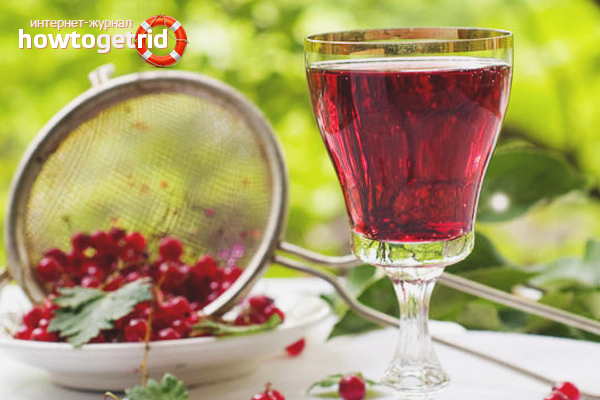

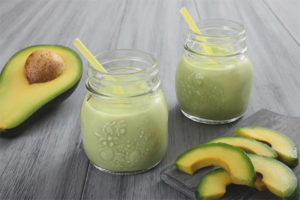
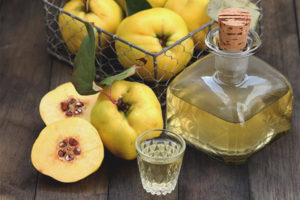


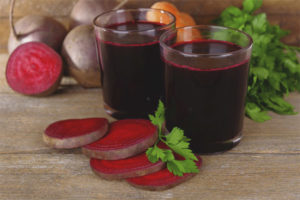
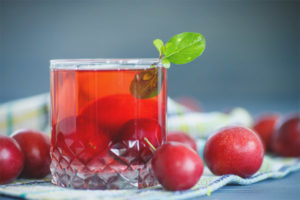
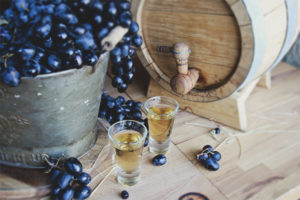
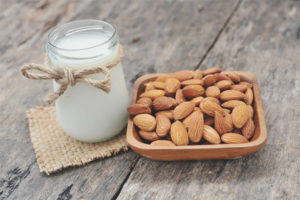
To send